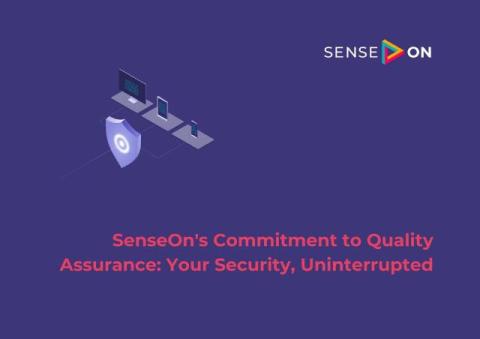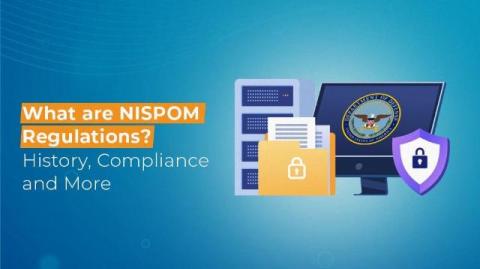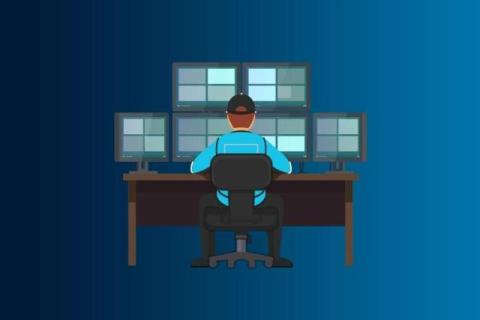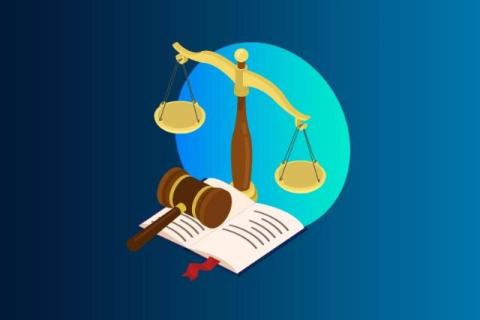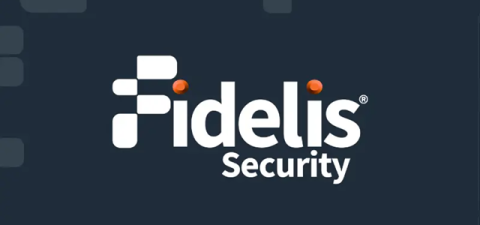The Truth About How Generative AI Can Be Used In Cybersecurity
Thanks to ChatGPT, you’ve probably heard a lot about generative AI technology over the last few years. Generative AI is artificial intelligence technology that works by taking input data like a request, processing it through different algorithms, and producing an output based on learned patterns. ChatGPT is a generative AI chatbot. 91% of security teams use generative AI, but 65% don’t fully understand the implications.


